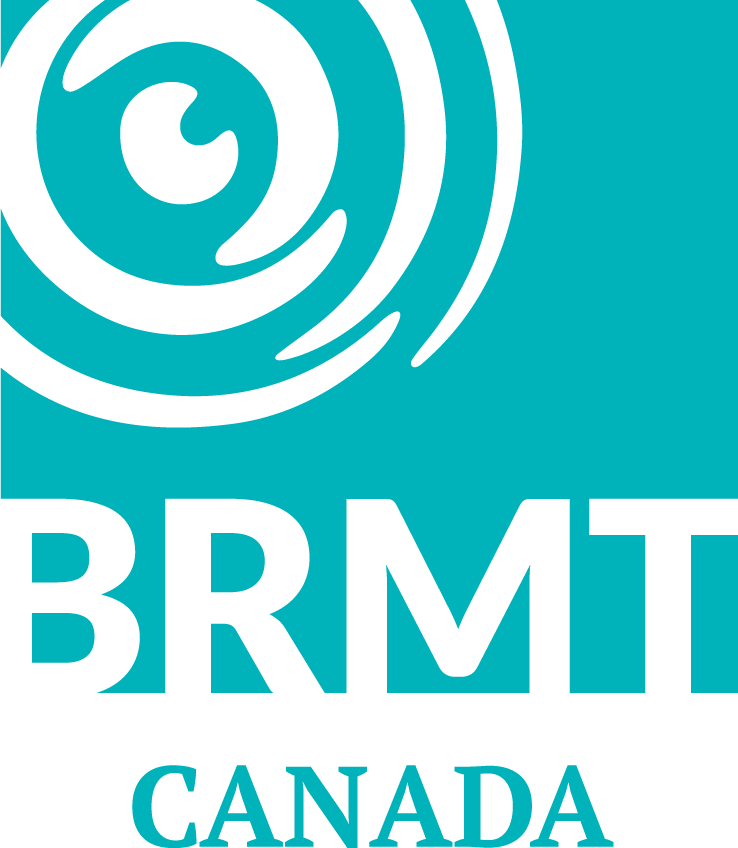Get Started

Courses
There are three levels of BRMT courses as well as specialty courses. These courses are open to anyone who would like to learn!
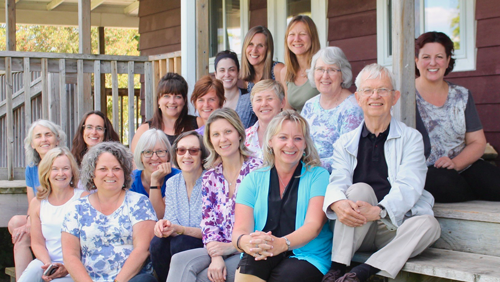
BRMT Consultants
We have knowledgeable and licenced consultants ready to support you. Find a consultant near you!
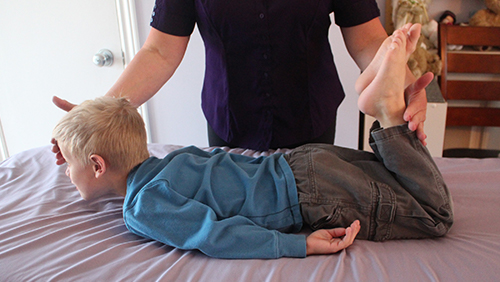
Primitive Reflexes
What are primitive reflexes? How do they impact life? Learn about the reflexes and how to practice them with your child.
Rockin’ Reflex Webinar!
With all the new learning scenarios, and having been an elementary teacher for over 30 years, I know children may struggle with self-regulation and learning with these new structures and expectations. To assist teachers, parents and students, we have created the Rockin’ Reflex Video package.
All the guided movement songs and educational manual, help you better support your students to feel safe, self-regulate, and improve their ability to focus on learning. The music videos can easily be used for transitions, movement breaks and gym time, while maintaining social and physical distancing.
Come experience, the Rockin’ Reflex Difference!
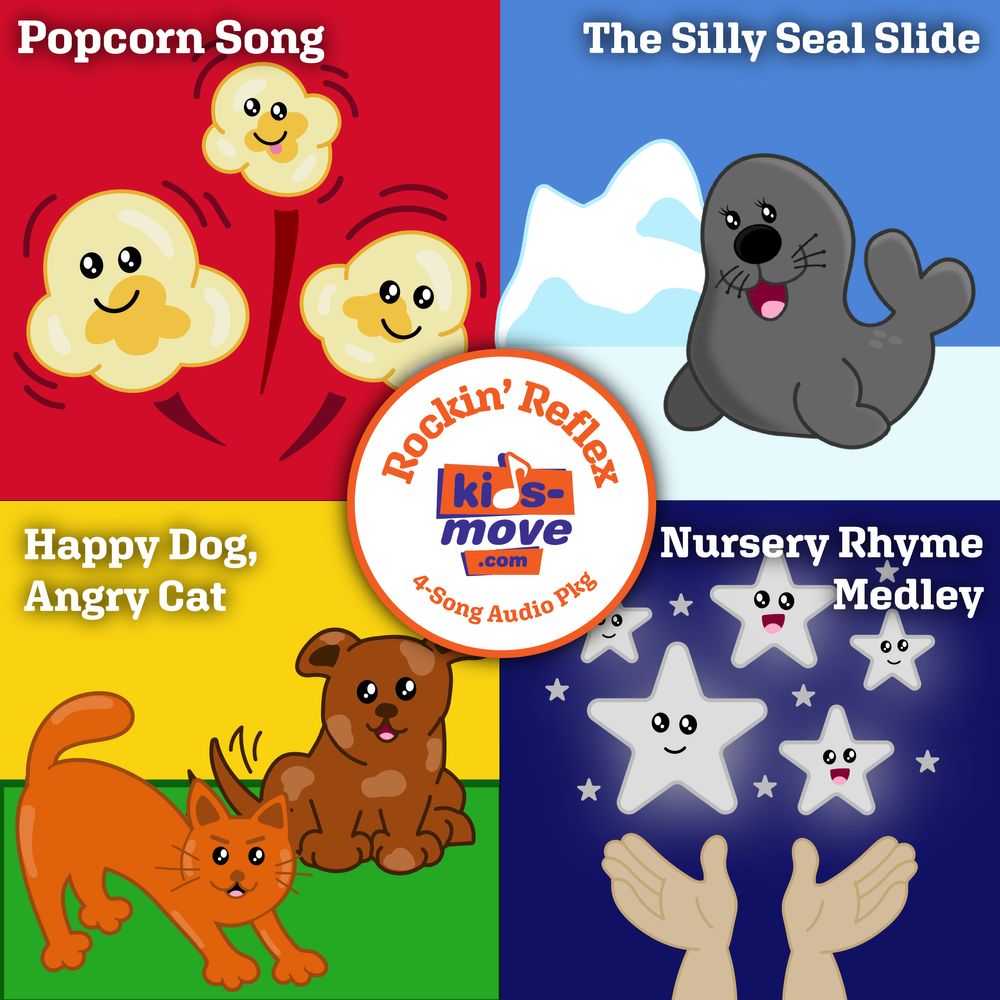
Anything is possible when you try hard, have patience, and believe in yourself.
Why BRMT?
Do you, or someone you know, experience these challenges?
Autism
Self-regulation and Difficulty Controlling Impulses
Behavioural Challenges
Attention Deficit and Hyperactivity (ADD / ADHD)
Dyslexia / Academic Challenges
Language Delays
Delayed Motor Development / Low Muscle Tone
Joint Pain / Osteoarthritis
Digestive Issues
Memory Loss or Fatigues
Unspecified developmental issues that don't fit any diagnostic criteria
Often the root of these challenges is unintegrated reflexes and/or an inability to full access all parts of the brain.
Blomberg Rhythmic Movements address the underlying unintegrated reflexes that contribute to these challenges.
Blomberg Rhythmic Movement Training is a motor training program based on the spontaneous rhythmic movements that infants naturally perform.
Harald Blomberg, M.D. founded this program on over 30 years of clinical research and application. Blomberg RMT replicates the natural movement patterns of infants through simple passive and active movements. These movements are used to stimulate the brain stem, cerebellum and neo cortex to mature primitive reflexes and improve muscle tone. This movement re-education program supports brain maturation and integrates our natural reflex patterns.
Our Course Offerings
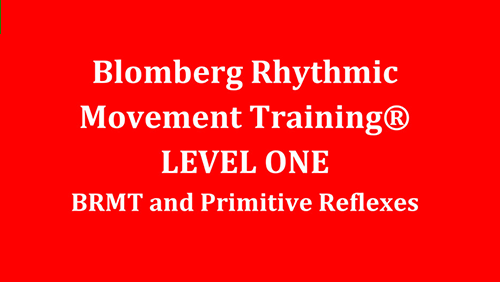
BRMT Level One
Rhythmic movement training and primitive reflexes
Learn the basics of Rhythmic Movement Training. Gain an understanding of how rhythmic exercises can be utilized to regulate muscle tone and stimulate the brain to improve attention and control of impulses, while diminishing hyperactivity. Participants learn about the brain stem, cerebellum, and basal ganglia.

BRMT Level Two
Rhythmic movement training, emotions, and inner leadership, the limbic system
Learn how active reflexes such as the Fear Paralysis reflex, the Moro reflex, and the Tendon Guard reflex effect our emotions and ability to deal with stress. Participants will be taught simple BRMT movements to support the connection from the limbic system to the prefrontal cortex, and techniques to support behavioural challenges and self-regulation.

BRMT Level Three
Rhythmic movement training and Reflexes in Dyslexia, and more
This two day course focuses on how reflexes associated with the neocortex effect vision, articulation, reading, writing, motor ability and dyslexia. Participants will learn how to improve reading and writing ability through rhythmic exercises and reflex integration.
Register for a Course Today
BRMT courses help parents, therapists, and educators address the needs of children facing a wide variety of learning challenges. BRMT is the missing piece of the puzzle. Find a course, find a solution.
Primitive Reflexes
The spontaneous primitive reflex movements that infants normally do lays the foundation for the neural networks that connect the various areas of the brain responsible for learning, motor abilities, behaviour, communication, and emotional well-being. These primitive reflexes should be integrated in the early years of life.
Blomberg Rhythmic Movements are simple movements that replicate these innate infant movement patterns to create new neural pathways in the brain, assisting with integration of primitive reflexes that may not have been naturally fully integrated.
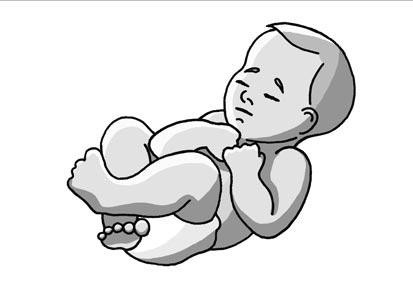
Moro Reflex
If the Moro reflex is retained or not integrated, individuals may be hypersensitive to touch, sound, light and movement. These heightened senses can make it difficult for a child to cope, causing anxiety, uncontrolled behavior, and learning challenges.

ATNR Reflex
The Asymmetrical Tonic Neck (ATNR) Reflex effects reading, writing and math skills in many ways. It is rarely integrated in children with dyslexia. This reflex actively contributes to the learning and attention span in children. It is often called the ‘learning reflex’.

Spinal Galant Reflex
Children with a retained or non-integrated Spinal Galant reflex are often mistaken as having ADHD. They display behaviours such as an inability to sit still, poor concentration, fidgeting, and challenges with short term memory.
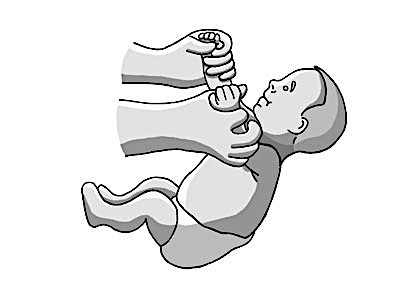
Hand Reflexes
Children with unintegrated hand reflexes often have challenges with fine motor skills, such as: holding a pencil, doing up buttons, and tying shoelaces. They may also have difficulties with speech and articulation, and hold tension in the jaw and shoulders.
Watch a Tuesdays with Twomey Video!
The Asymmetric Tonic Neck Reflex (ATNR), is of the most important reflexes that causes reading challenges. Individuals with Dyslexia have been helped using these motor exercises to help integrate the ATNR. Ben, a student in grade six, shows us movements like: rocking on hands and knees with eye tracking, sliding on your back, and new game called robot ATNR tracking. It could be 10 minutes that changes your life!
Testimonials
I was working with a 2-year-old who was adopted by a very caring family. The father got up an hour earlier than usual to finish work so that he could come to each appointment. In the beginning, the little girl would only walk holding on to the hand of a parent or using a chair to provide information about her position in space. They came for 5 visits, one month apart. The asked for “lots” to do each month, and they faithfully did it. On their last visit the mother, with tears in her eyes said,
“Just look at her. She can RUN! She is not timid anymore!”
A beautiful family, benefiting from the work of Blomberg Rhythmic Movements.
“We were struggling with our daughter’s reading in school. She didn’t want to read anymore and we noticed she was reluctant to take risks with all of her learning. Within 6 months of doing the Blomberg Rhythmic Movements, she was able to read without skipping lines, she was better able to focus and most importantly, she was happier. The movements have become a part of our routine at home before doing homework. Thank you.”
Parent of a grade 3 student
We noticed the difference with Vesna after just a couple of times coming for therapy. She is currently in Grade 3. It was encouraging to see her try new foods, as food textures are an issue for children with Autism. She also began using more words and started to form little sentences. It took less than two months when her teachers noticed her “turning a corner.” Her reading, and neck strength has improved dramatically using the rhythmic movements. She is using more sentences when communicating, seems calmer and gets better quality sleep. Above all, she loves coming to see Liz, as she is noticing improvements herself.
